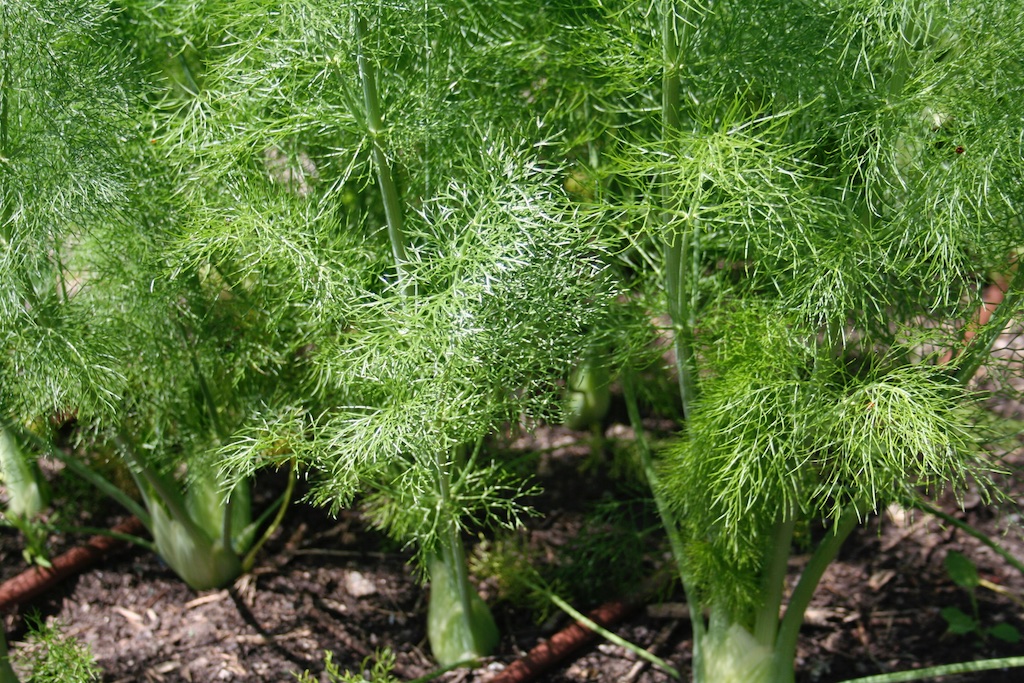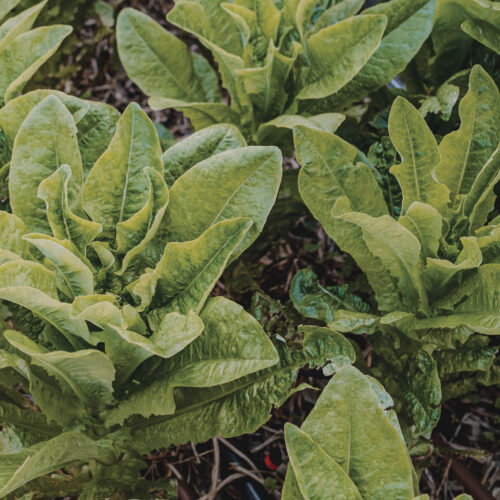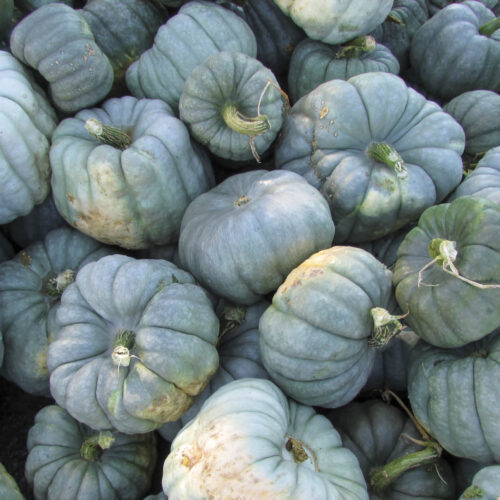Fennel forever
2024-11-12T15:10:12+11:00
Grow fabulous fennel with these expert tips – it has a wide range of uses in the kitchen. Plus, a recipe for fennel butter.
Fennel (Foeniculum vulgare) is a perennial that grows to 2 metres or more, and at least 50cm across. The leaf has a strong anise scent and flavour, and the buttery yellow flowers appear in summer and autumn. The more common green fennel is a noxious weed in some regions so it should not be planted. It’s better to grow bronze fennel (F. vulgare ‘Purpureum’), which is similar to green fennel, but has purple/bronze leaves, does not spread as easily and is not a noxious weed. Alternatively, grow Florence fennel (F. vulgare subsp. vulgare var. azoricum) for its delicious aniseedy stem bases. Fennel seed is sown in spring or autumn and plants will self-sow easily, but Florence fennel does best if seed is sown from August to December in warm temperate regions, and September to February in cold temperate climates.
Did you know that early Romans believed eating fennel seed could make blind people see again? That the Chinese used it to cure people who had been stung by snakes and scorpions and ancient Greeks who were training for the Olympics ate its seeds to give them strength, while in English houses fennel seed would be put into keyholes to stop ghosts from coming inside?
Fennel grows well in both sunny and shaded positions and is not fussy about soil so plant it in the most difficult part of the garden, but don’t forget that it grows very tall. This herb will survive for a long time without water but does best if it is watered from time to time. Florence fennel needs better soil and more water to produce tender, delicious stems. Cut off all the dead flower heads in autumn. Flowers are very attractive to bees and other beneficial insects.
You can pick fresh fennel leaves all year round so it doesn’t need to be dried. Harvest the seed by cutting the seed heads in autumn, just after the seeds turn from green to brown. Place them in a paper bag to dry.
Fennel has many different uses, from cooking to medicine to repelling pests. Try chewing a few leaves or seeds to stop hunger and aid weight loss. At the same time they will make your breath smell sweet. Grow near your dog’s kennel to keep fleas away or use the leaves in a sachet to put in your pet’s bed. Drink warm fennel tea to ease indigestion and stomachache.
Use leaves and seeds in cooking, the flavour combines well with fish and chicken. Fennel flowers are a delicious gourmet treat, and you can pick and deep-fry the flower heads once the seeds start to form for a yummy addition to salads. Add fennel leaves to butter to use with fish or poultry.
Fennel butter
Ingredients
small handful of fresh fennel leaves
½ cup of butter
pepper to taste
sprig of fennel to garnish
Method
1. Wash the fennel leaves and chop finely.
2. Put the butter into a small bowl and cream with a wooden spoon until soft.
3. Add the leaves and mix well. Season with a little pepper.
4. Push the mixture firmly into a small dish and refrigerate until it is firm.
5. Before serving drain off any brown juice which may have run from the leaves and place the fresh fennel sprig on top.
6. Serve with fish or chicken, or simply butter on toast, bread or biscuits.
Other herbs that can be used to make flavoured butter are basil, chives, coriander, garlic, lemon balm, marigold petals, marjoram, mint, oregano, parsley, sage, salad burnet, and tree onion.







